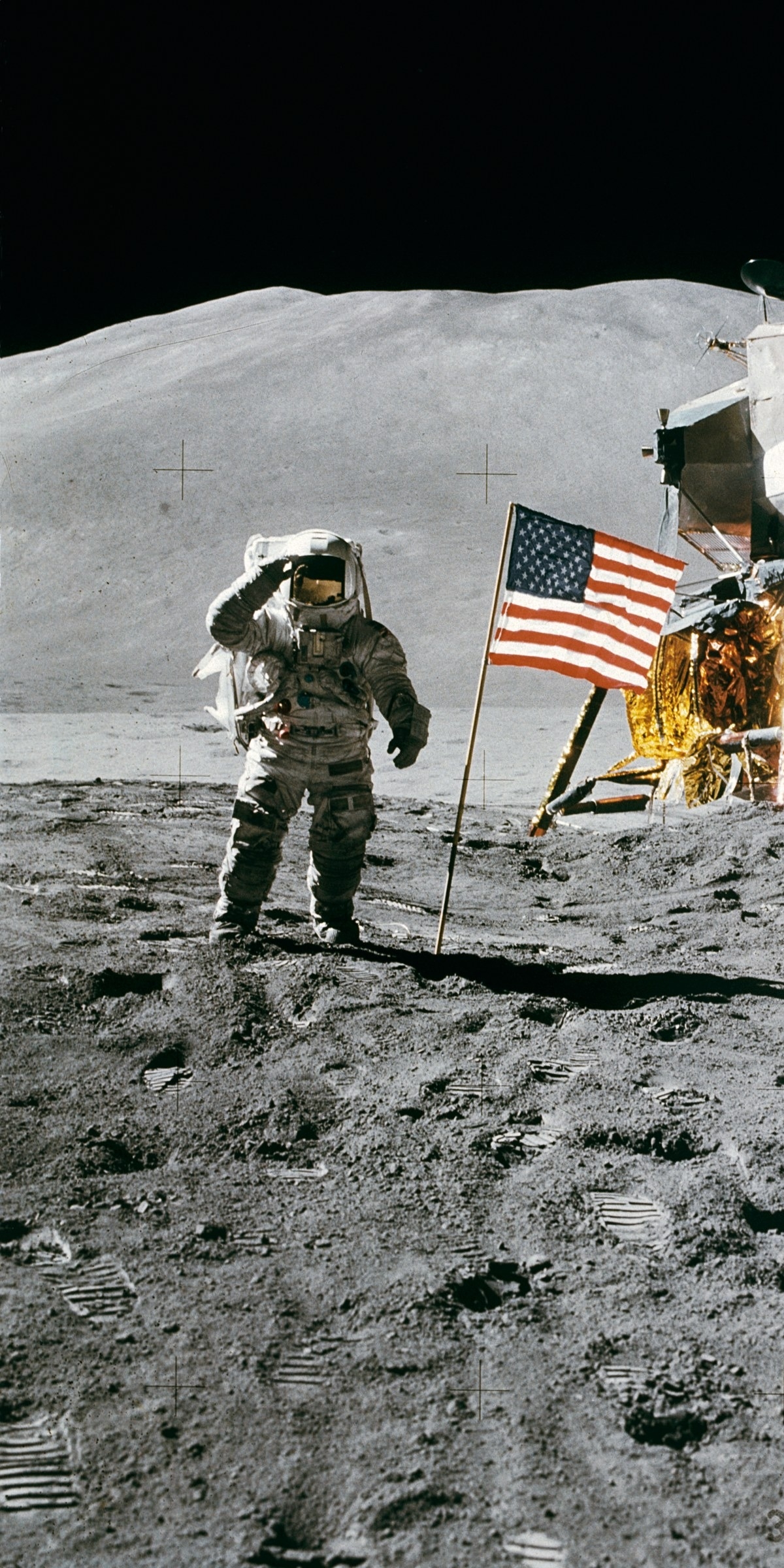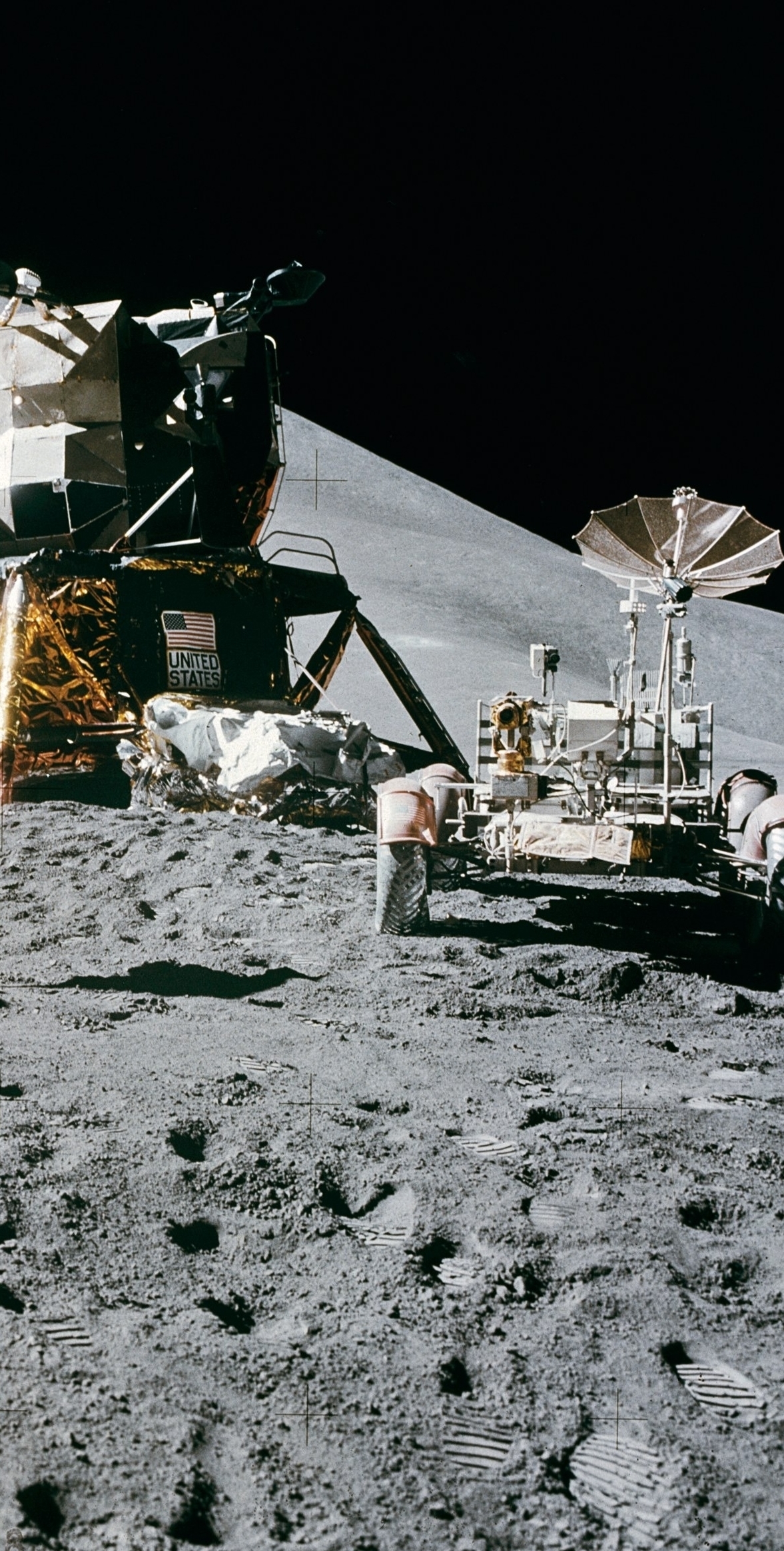Commercial Space Flight Adverse Event Monitoring and Reporting
Space flight participants who enter suborbital, orbital, or other space environments will likely experience a range of symptoms, during the course of their space flight experience. Many of these will be expected, due to the known effects of acceleration forces (lift off, return/reentry), microgravity, and other conditions endemic to space. This potential for expected effects is not unlike that of an individual climbing Mount Everest or embarking on a deep water dive. Like those on an Everest climb, some individuals entering space may experience unanticipated symptoms. In order to advance the commercial space flight sector, detailed monitoring of the experiences of space flight participants will be essential.
The team at Sovaris Aerospace has experience in adverse event monitoring of humans in a variety of settings. This ranges from consumers to Olympic athletes to military, and includes the development of industrial/academic consortia for the purpose of adverse event monitoring and reporting. This includes establishment of adverse event monitoring programs, medical tracking, medical follow up, classification by symptoms, categorization of adverse events (serious, non-serious), interpretation of results, reports of findings, data analysis, trend analysis, aggregate reporting, and causality assessment.
Our adverse event assessment methods can be used for the purposes of basic surveillance or for assessment of causality. Assessment of causality is one of the more challenging aspects of adverse event monitoring. However, estimates of causality can help flight providers refine engineering designs, modify standard operating procedures, or identify flight populations at increased risk to adverse events in space. Causality assessment can be coupled with complex molecular profiling, in an attempt to detect molecular network signals that might influence the risk profile for those entering space. These combined molecular and adverse event data can be used to develop predictive models that may give physicians, flight providers, and others insights into how to minimize risk and optimize the space experience.
The commercial space flight industry has the benefit of NASA’s extensive experience in space flight, along with the rigorous standards and considerable safety of the commercial airline industry. Careful monitoring of adverse events by commercial space flight providers will provide regulators with critical safety information, provide high resolution data necessary to provide informed consent, and continue to generate confidence for consumers wishing to explore the space environment.
Sovaris is working with medical service providers and flight operations teams within the commercial space flight sector to provide comprehensive adverse event monitoring programs. This includes installation of in-house adverse event monitoring, training programs for commercial space flight corporate personnel, development of harmonized AE processes for the industry, and development of processes to help the commercial space flight industry to further advance its safety methods.


